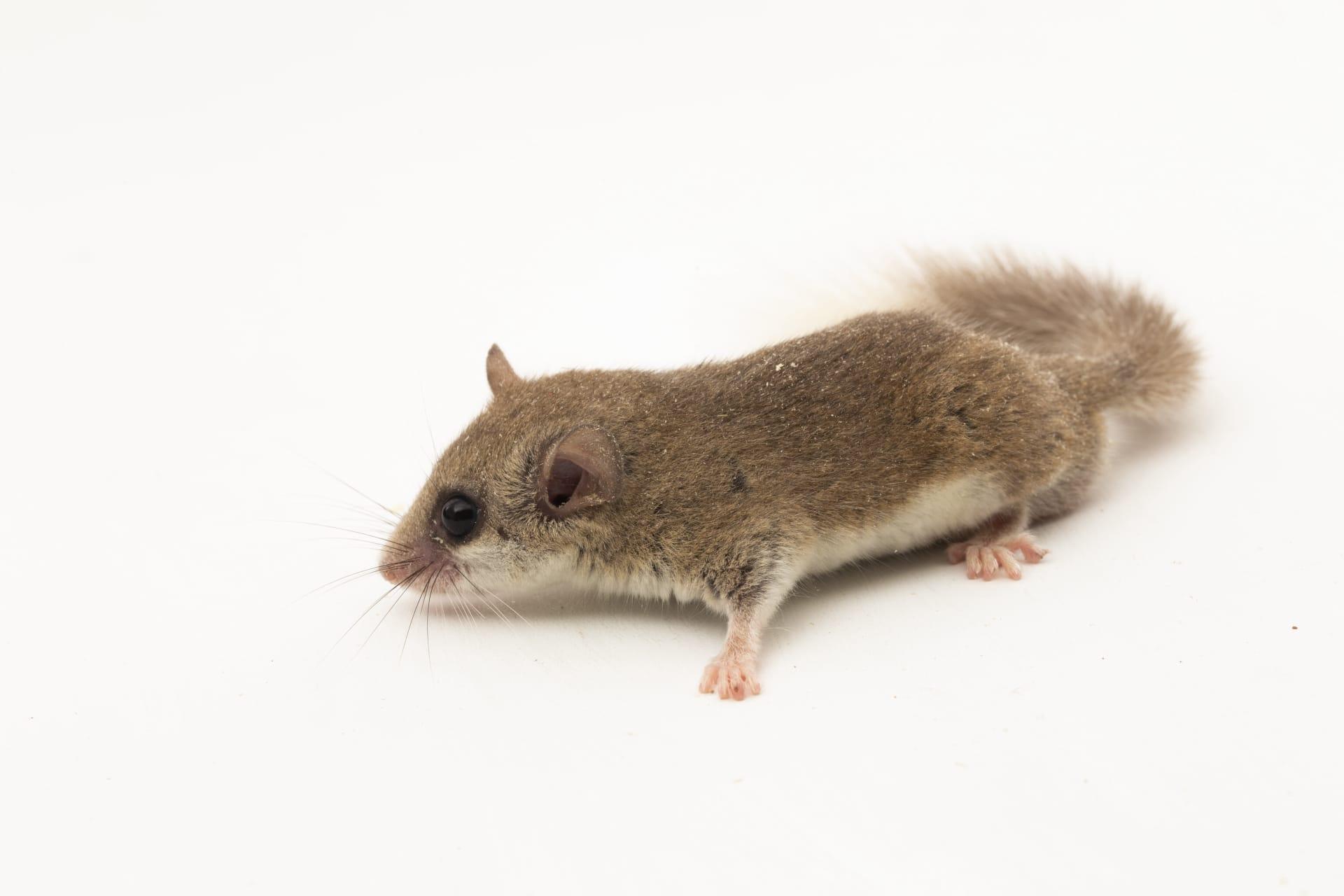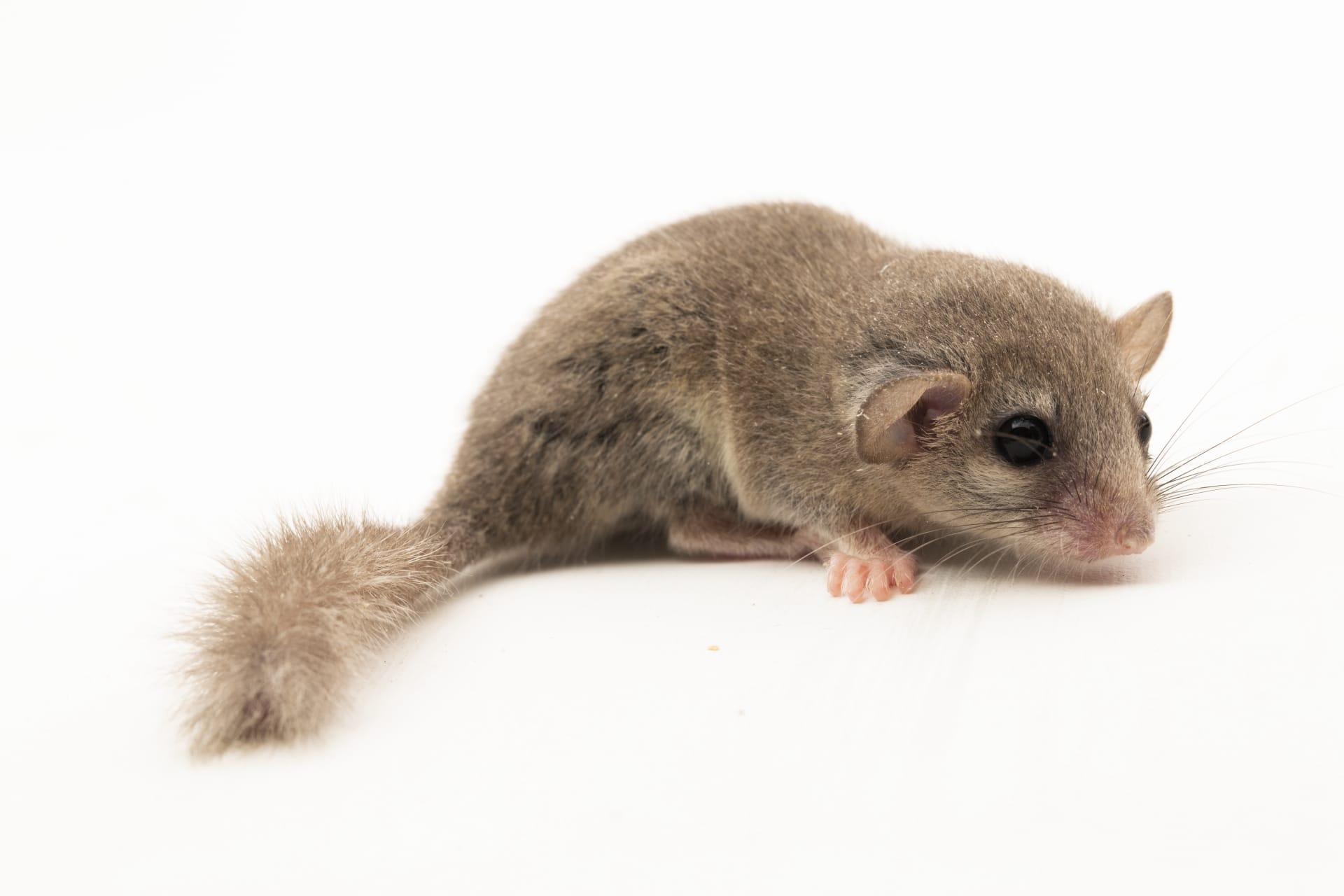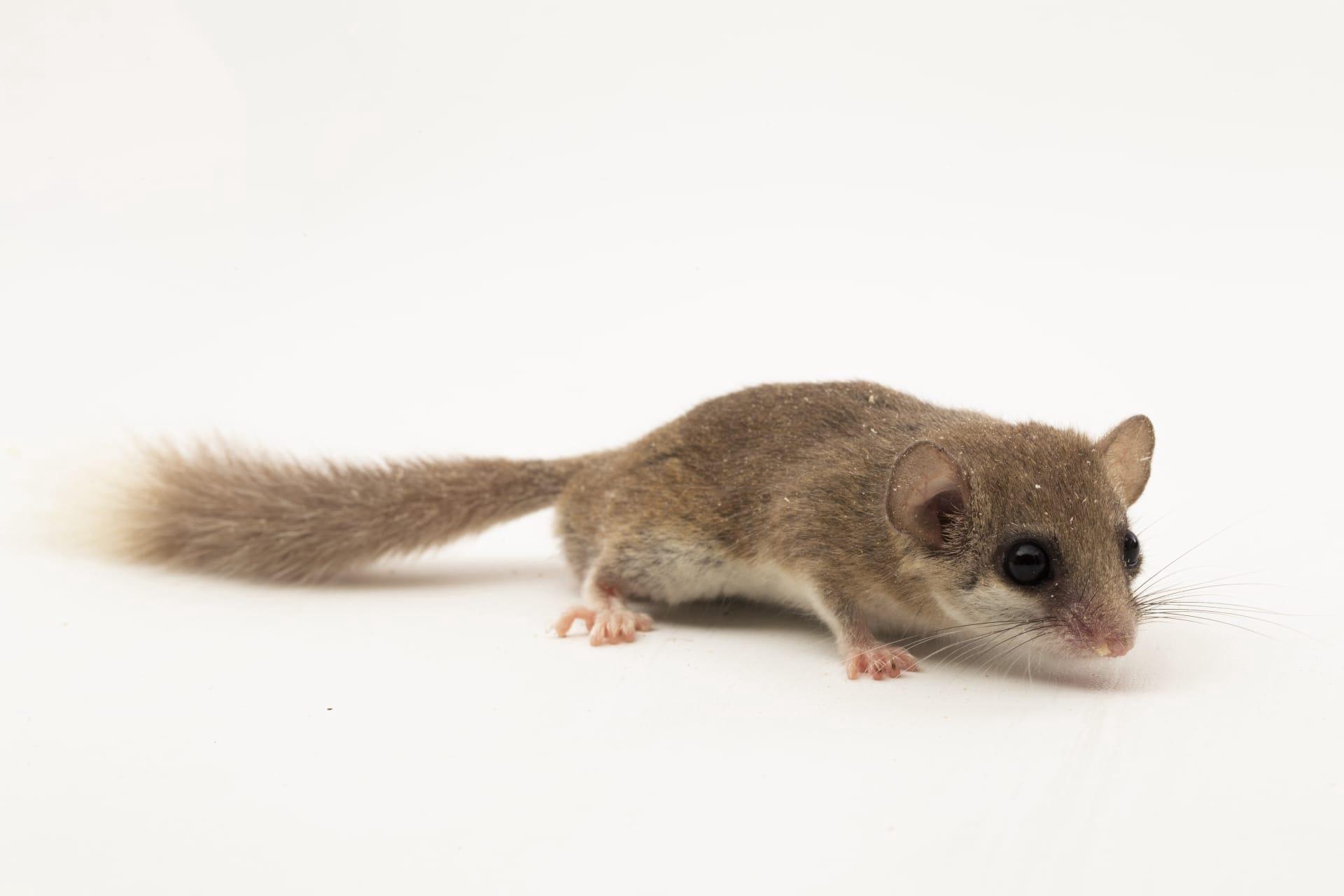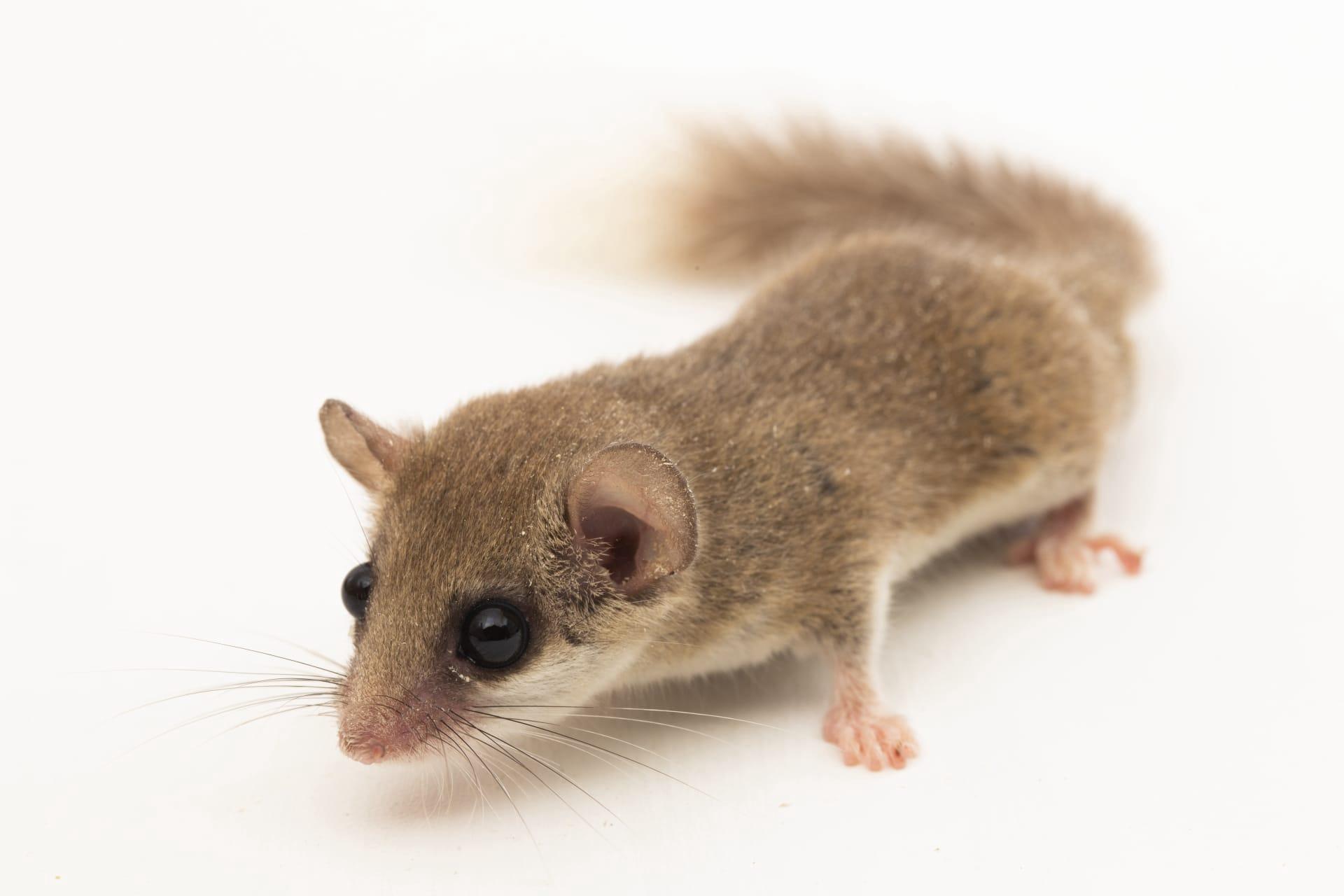Dormouse Trivia
- Home /
- Trivia Question /
- Animal /
- Dormouse Trivia
1
Question: What unique characteristics do dormice have that differentiate them from other rodents?
Answer: Dormice, with their big, dark eyes and bushy tails, stand out in the rodent family. They're small, typically measuring 6 to 9 inches in length, including the tail, and weighing around 15 to 30 grams. Unlike other rodents, dormice have a notable ability to hibernate for up to seven months, significantly reducing their body temperature and metabolic rate to conserve energy.
Question: How do dormice adapt to their environment for survival?
Answer: Dormice are arboreal, meaning they primarily live in trees. They are adept climbers, using their sharp claws and prehensile tail to navigate through branches. Their diet is diverse, including fruits, nuts, insects, and even small birds' eggs. This versatility in feeding habits, combined with their ability to hibernate, enables dormice to thrive in various environments, from woodlands to hedgerows.

2
Question: Is it true that dormice are a type of mouse?
Answer: This is a common misconception. Despite their name, dormice are not a type of mouse. They belong to the family Gliridae, which is separate from the Muridae family that includes true mice and rats. Dormice are more closely related to squirrels than to mice, with distinct physical traits like their furry tails and elongated body shape.
Question: Do dormice really sleep all the time?
Answer: It's not accurate to say dormice sleep all the time. They are nocturnal, so they're active at night. However, they are known for their long hibernation periods, which can last up to seven months in colder climates. During this time, they do enter a state of deep sleep, but it's a survival mechanism for the winter, not a constant state.

3
Question: What is the lifespan of a dormouse in the wild?
Answer: Dormice have a relatively long lifespan for small rodents. In the wild, they can live up to 5 years, which is quite lengthy compared to other small mammals. This longevity is partly due to their hibernation habit, which reduces risks from predators and harsh weather conditions.
Question: How do dormice communicate with each other?
Answer: Dormice use a range of vocalizations and scents to communicate. They make high-pitched squeaks and clicks, especially when searching for mates or expressing distress. Scent marking is also vital for their communication, helping them establish territories and find mates.

4
Question: What role do dormice play in their ecosystems?
Answer: Dormice play a crucial role in their ecosystems, particularly in seed dispersal. By feeding on fruits and nuts, they help in the propagation of various plant species. Their diet also controls insect populations. Furthermore, as prey for birds of prey and larger mammals, dormice are integral to the food chain.
Question: Are dormice endangered, and what threatens their survival?
Answer: Some dormouse species are indeed endangered, like the Hazel dormouse in the UK. Their primary threats include habitat loss due to deforestation and changes in land use, which reduce their food sources and nesting sites. Climate change also affects their hibernation patterns, impacting their survival.

5
Question: What types of nests do dormice build, and where can they be found?
Answer: Dormice build intricate spherical nests, often located in trees or shrubbery. They use materials like grass, honeysuckle bark, and leaves. During hibernation, they build nests on the ground, under leaves or in log piles, for extra insulation.
Question: How do dormice reproduce, and what is their breeding cycle like?
Answer: Dormice typically breed once or twice a year, usually between May and August. After a gestation period of about 22 days, the female gives birth to a litter of 3 to 5 young. The young dormice are born blind and hairless but develop rapidly, becoming independent in about 10 weeks. This breeding cycle is closely linked to the availability of food, particularly nuts and fruits.